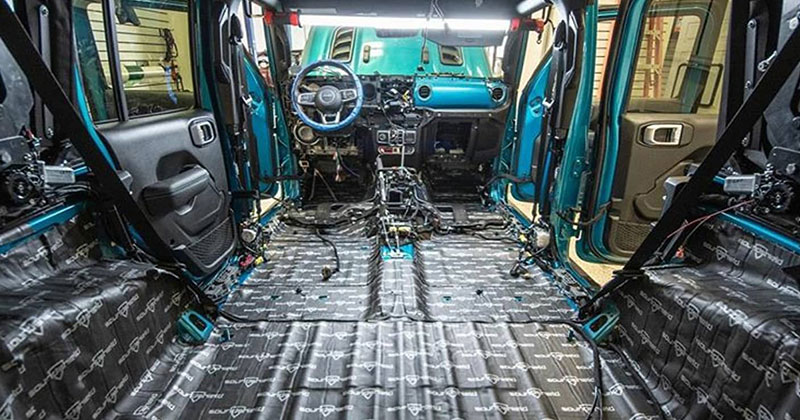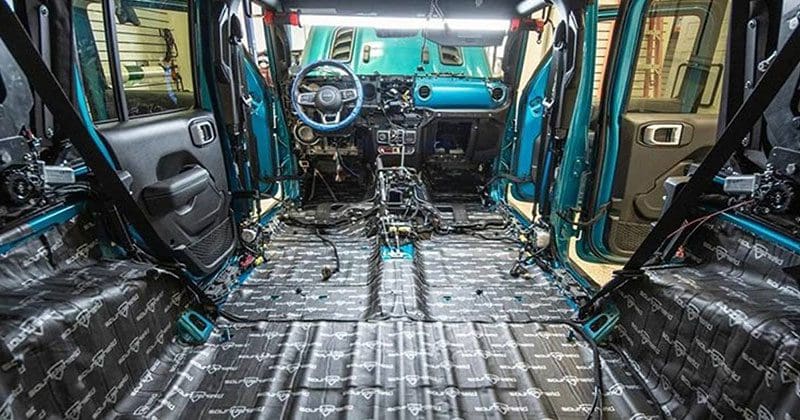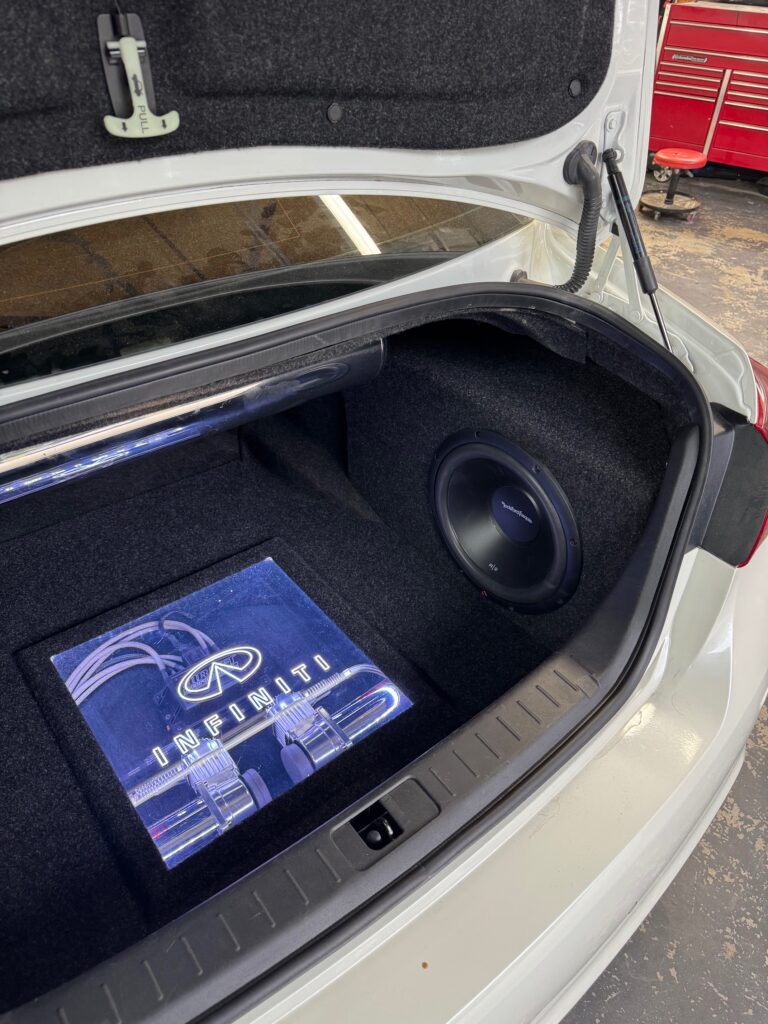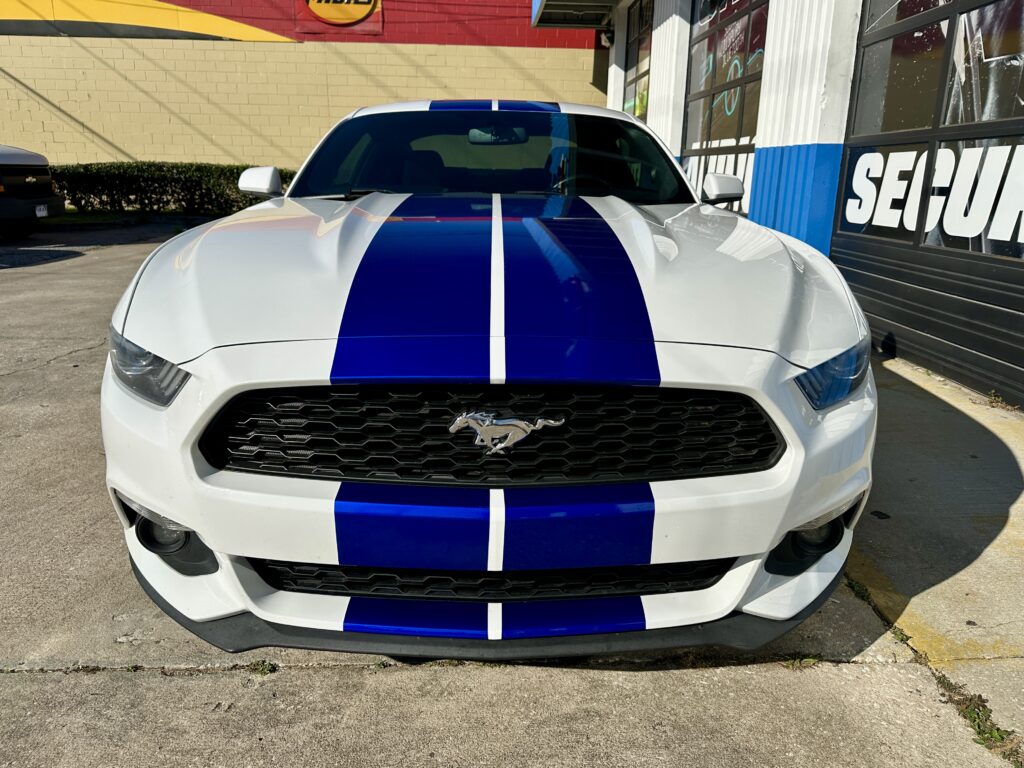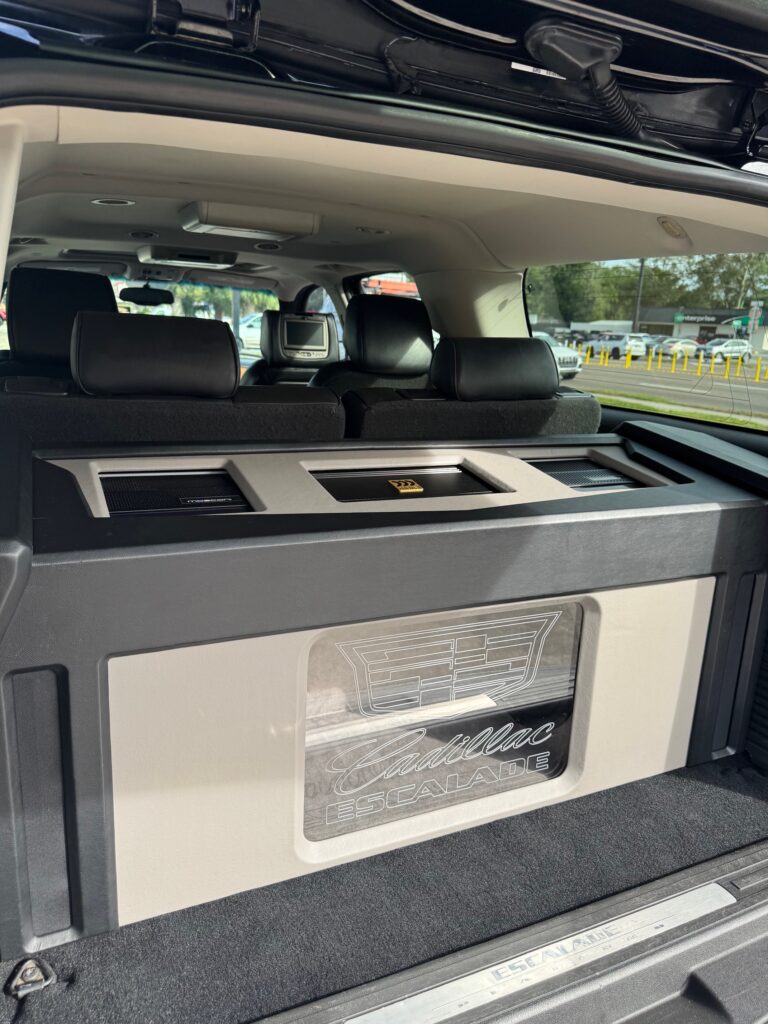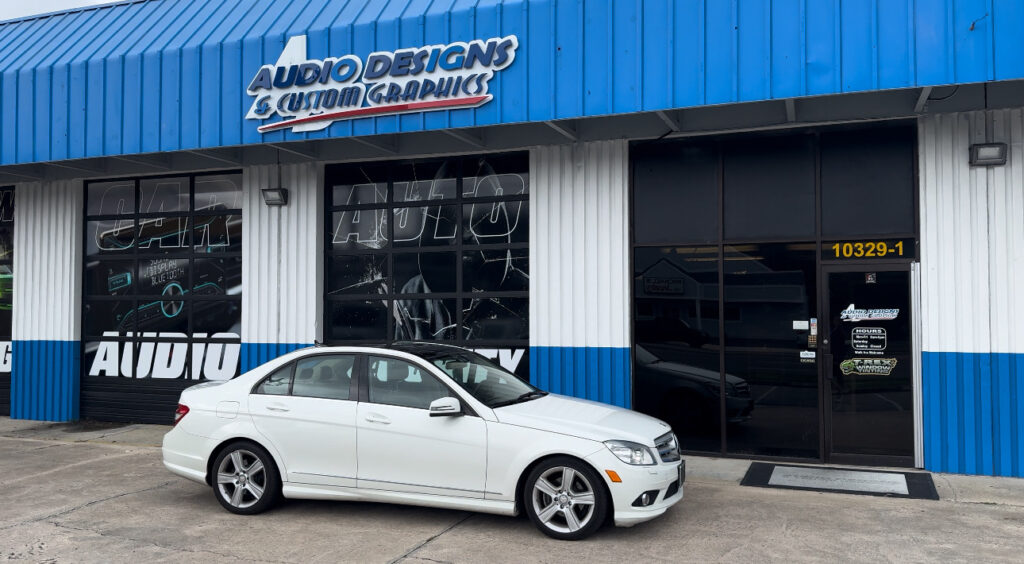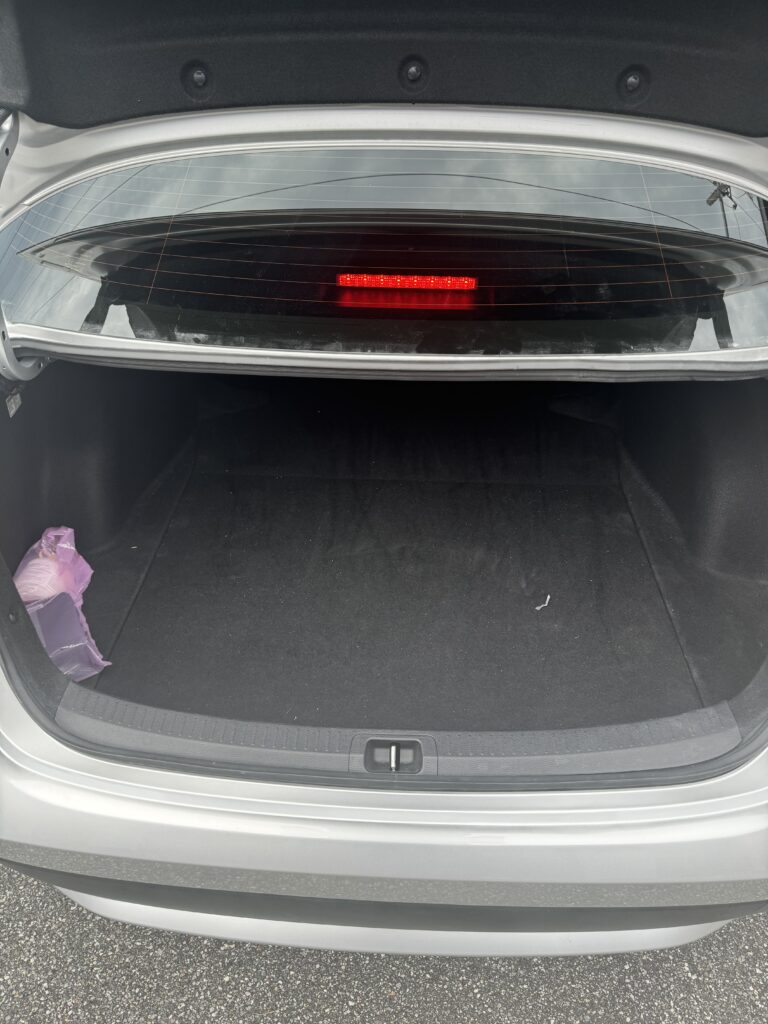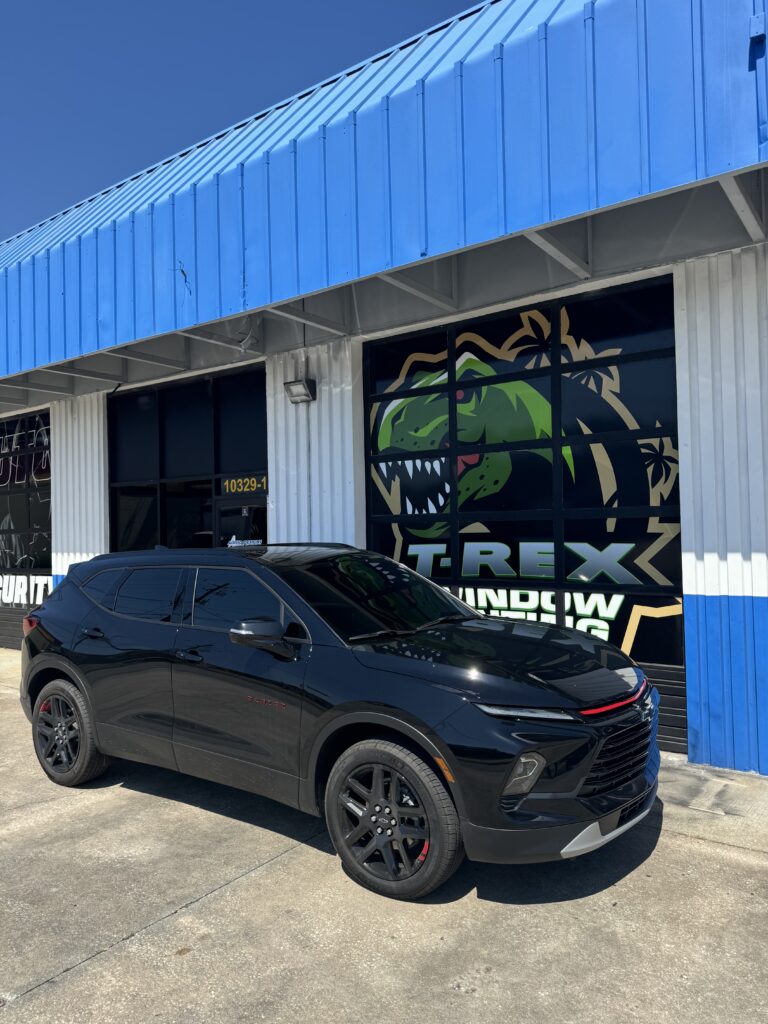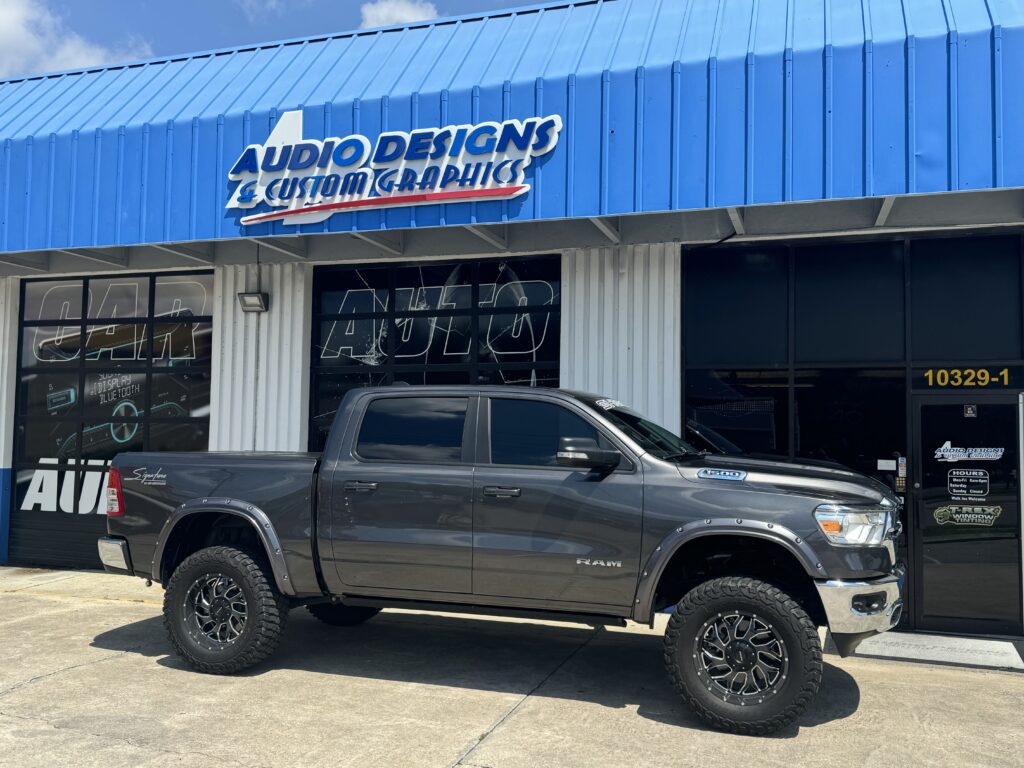We all know that having sound deadening installed in your car or truck is a great way to improve its comfort while allowing your stereo upgrades to sound better. In this article, we’ll look at some of the strategies for adding sound deadening. We’ll talk about different areas of the vehicle and the benefits associated with treating those surfaces. Based on this, you can decide how to get as much value and performance from a damping material investment.
Why Add Sound Deadening
Sound deadening comes in several solutions. For this article, we will focus on what’s known as constrained-layer damping (CLD). In short, these are sheets of dense butyl rubber that are bonded to a flexible layer of aluminum. The CLD is intended to be applied to your vehicle’s metal panels to add mass and reduce the panels’ ability to vibrate and transmit sound from outside the car or truck to the interior.
Sound deadening can be applied to almost any surface to help prevent noise from the engine, exhaust, transmission, tires or wind from getting into the vehicle.
Some damping materials like SoundShield add a layer of closed-cell foam to the aluminum layer for additional energy absorption. This foam also reduces the chances of wiring harnesses or door actuator rods from rattling and making noise as you drive.
Sound Deadening Car Doors
One of the most dramatic upgrades you can make to your vehicle’s comfort is to have the doors treated with sound deadening. Here, two approaches offer different benefits. The outer door skin, the one you see when you look at your car or truck from outside the vehicle, is a large and relatively flat surface. If you tap on it, you can feel that the metal is somewhat flimsy. Having damping material added to the back of this panel will dramatically reduce noise transfer. Since you sit close to the door, the results are quite noticeable.
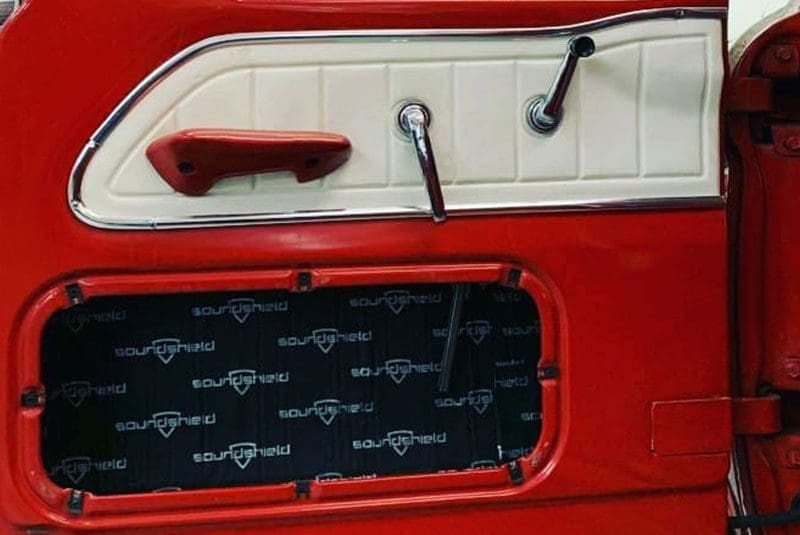
The second surface that can benefit from deadening is the inner door skin. This is the metal you’d see when the technician working on your car or truck removes the plastic trim panel from the interior side. This is another large surface and is often very flat.
Aside from keeping road noise out of the interior, sealing the door skin can have a dramatic effect on the performance of a door-mounted speaker. Typically, large openings in the metal allow access to the window regulator (the mechanism that raises and lowers the window), the door handle and the latch parts. Left open, the sound coming from the back of the speaker will mix with the sound coming from the front and cancel. Sealing these openings will dramatically improve lower midrange and bass performance from the audio system. This increase in output means your technician can reduce the power sent to the speaker so it will last longer. Likewise, a reduction in how hard a woofer has to work will reduce distortion and improve clarity.
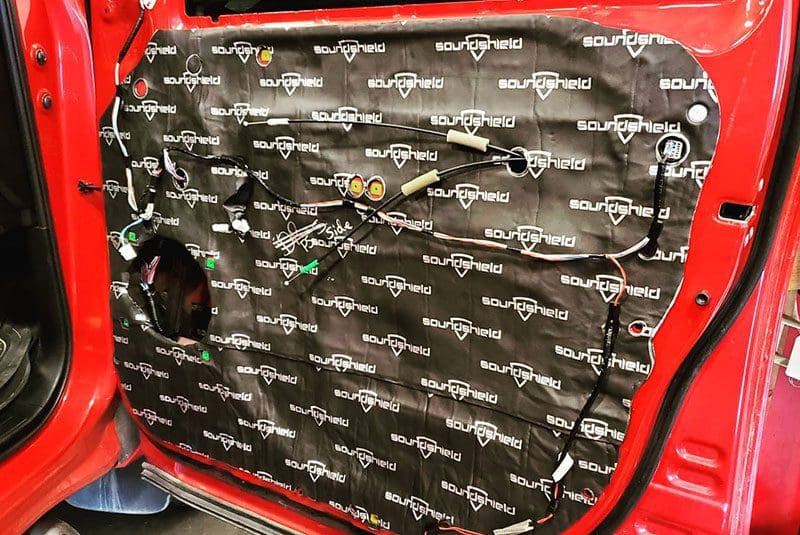
Floor and Firewall Deadening
Modern vehicles are designed using computers to deliver a balance of strength and weight to make the vehicle drive well. Most automakers work hard to save every ounce so that fuel economy is optimized. You’d be surprised how much noise from the engine and transmission comes into the vehicle through the firewall and floor. Of course, the answer is to have these surfaces treated with high-quality deadening material. The process does require some significant work to remove the center console, seats and carpet, but it’s well worth the investment.
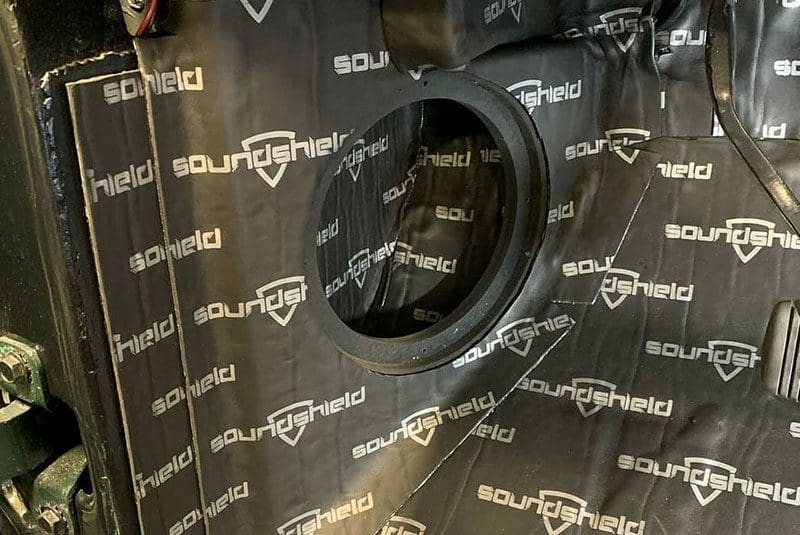
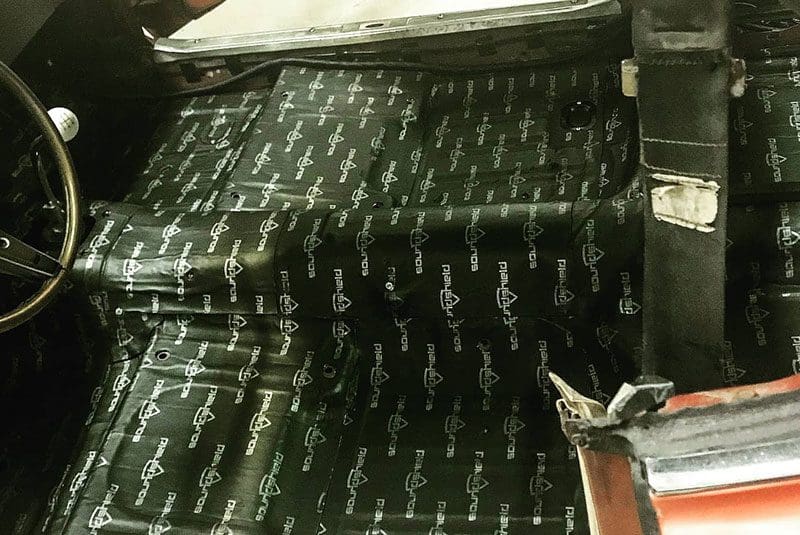
Pickup Truck Noise Control
The back wall of a pickup truck is another surface that can transmit a lot of sound energy into a vehicle. Though it’s blocked from wind noise, it still transmits drivetrain, exhaust and tire noise. Treating the back wall is a great way to improve the comfort of these vehicles.
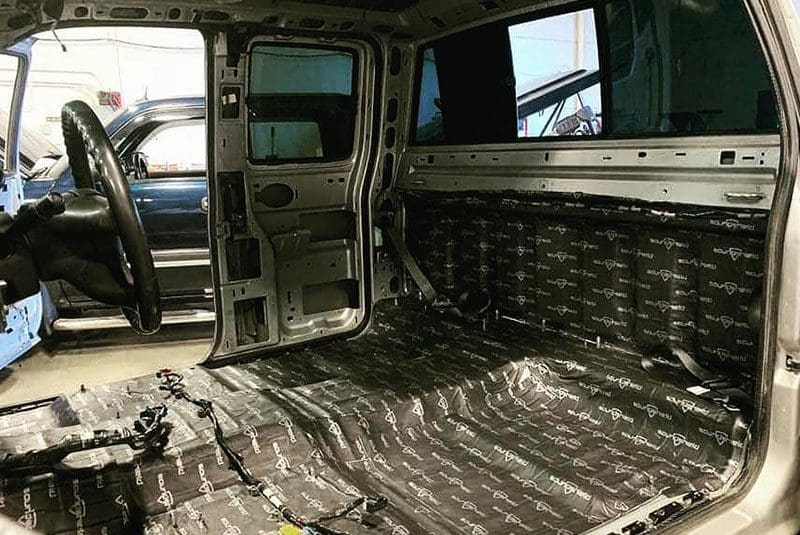
Sound Deaden Your Vehicle’s Roof
Easily the biggest and probably the flattest panel in a vehicle is the roof. Whether you have a short-cab pickup or an SUV with 40 square feet of metal, wind noise will transfer into the vehicle through this flat surface. Having the roof liner removed can take some time, but the effort is worth the expense to improve your vehicle’s background noise level. With microphones for Bluetooth hands-free systems typically installed up high in the car, cutting down on noise will dramatically enhance an outgoing phone call’s clarity.
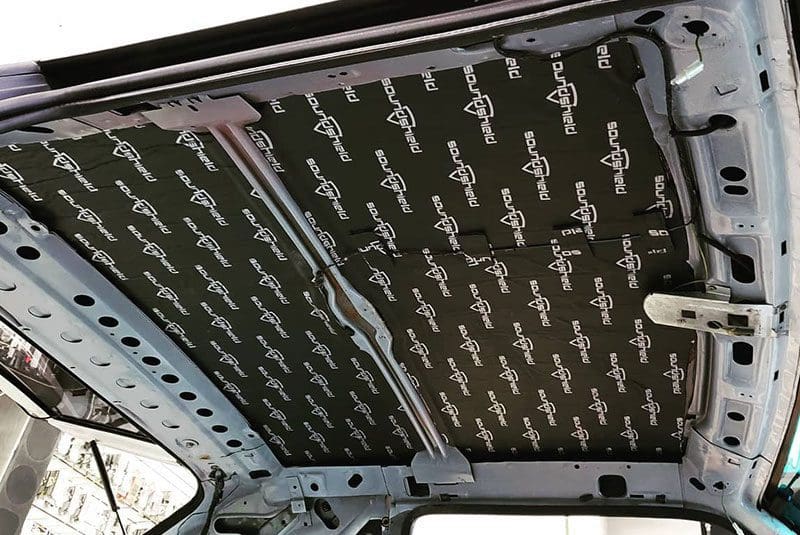
Trunk and Cargo Area Sound Control
If you have a car with a trunk, especially if you are having subwoofers installed there, controlling panel vibration and rattles will make a huge improvement to the performance of your audio system. Likewise, road noise and sound energy from the exhaust system will be reduced by treating the floor, fenders and hatch or trunk lid.
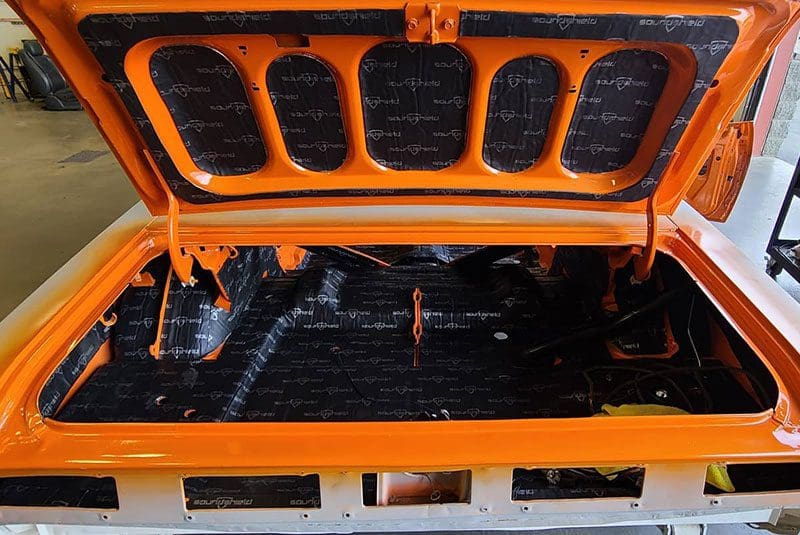
Picking the Right Deadening Material
As you can see, different areas of the vehicle need to be upgraded for different reasons and with different results. What remains constant, no matter where your technician is working, is the need to use high-quality materials. On surfaces that are vertical or where the deadening will be installed upside-down, proper surface preparation is paramount, and using a product with excellent adhesion qualities is a must. Avoid deadening that is bitumen- or asphalt-based as they can soften and come loose in high-heat conditions.
You’ll want to choose a shop and technician with the experience and training to remove the interior components of your vehicle in a way that prevents any potential damage and ensures that the vehicle can be reassembled properly once the work is complete. The last thing you want is to have clips or brackets that are loose, resulting in more noise added to the interior as you drive.
Having sound deadening installed in your car or truck is one of the best upgrades you can make to the vehicle’s comfort and your audio system’s clarity. Reducing background noise will make the subtleties of your music easier to discern. Likewise, if you have a hands-free Bluetooth system, the outgoing audio quality will be clearer. Drop by your local specialty mobile enhancement retailer today to inquire about having sound deadening installed in your car or truck.
This article is written and produced by the team at www.BestCarAudio.com. Reproduction or use of any kind is prohibited without the express written permission of 1sixty8 media.

